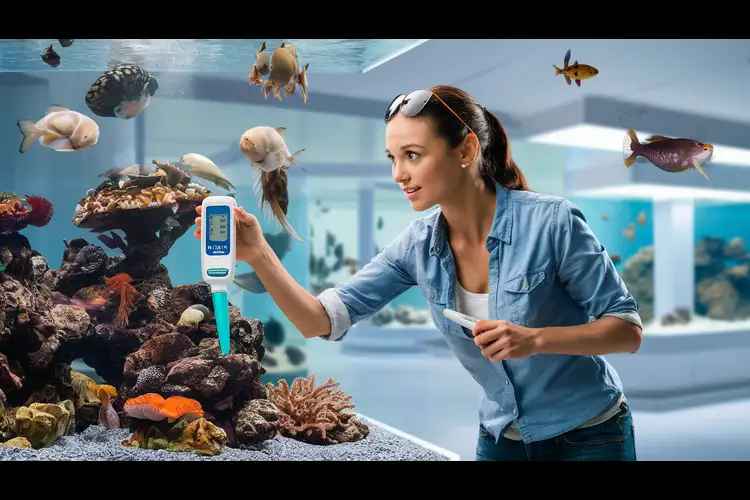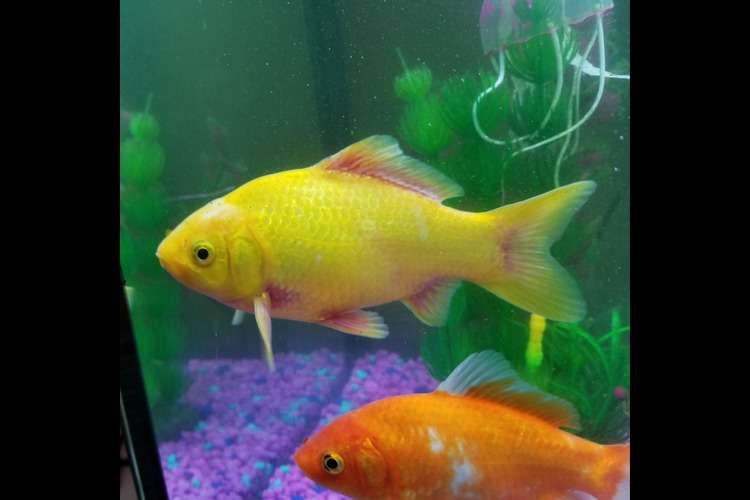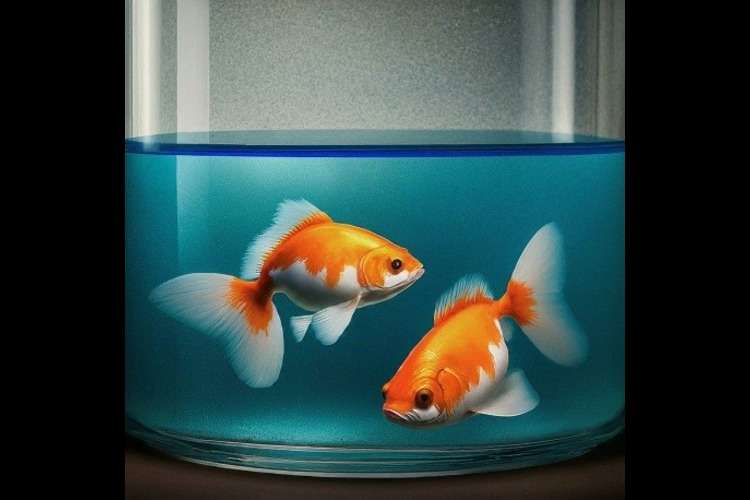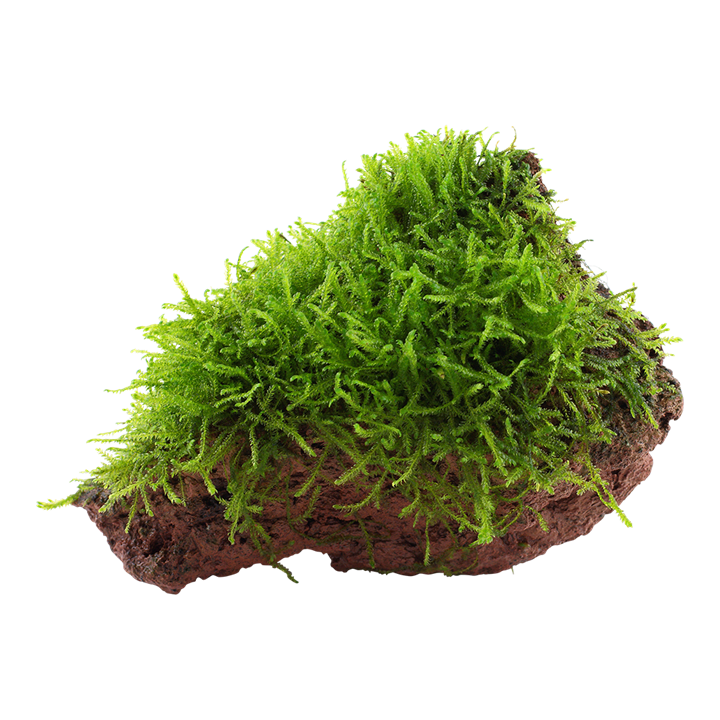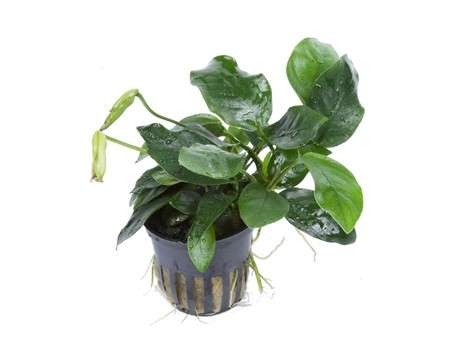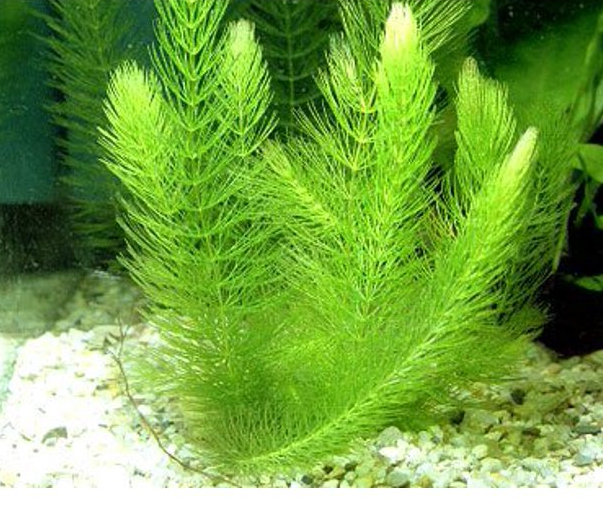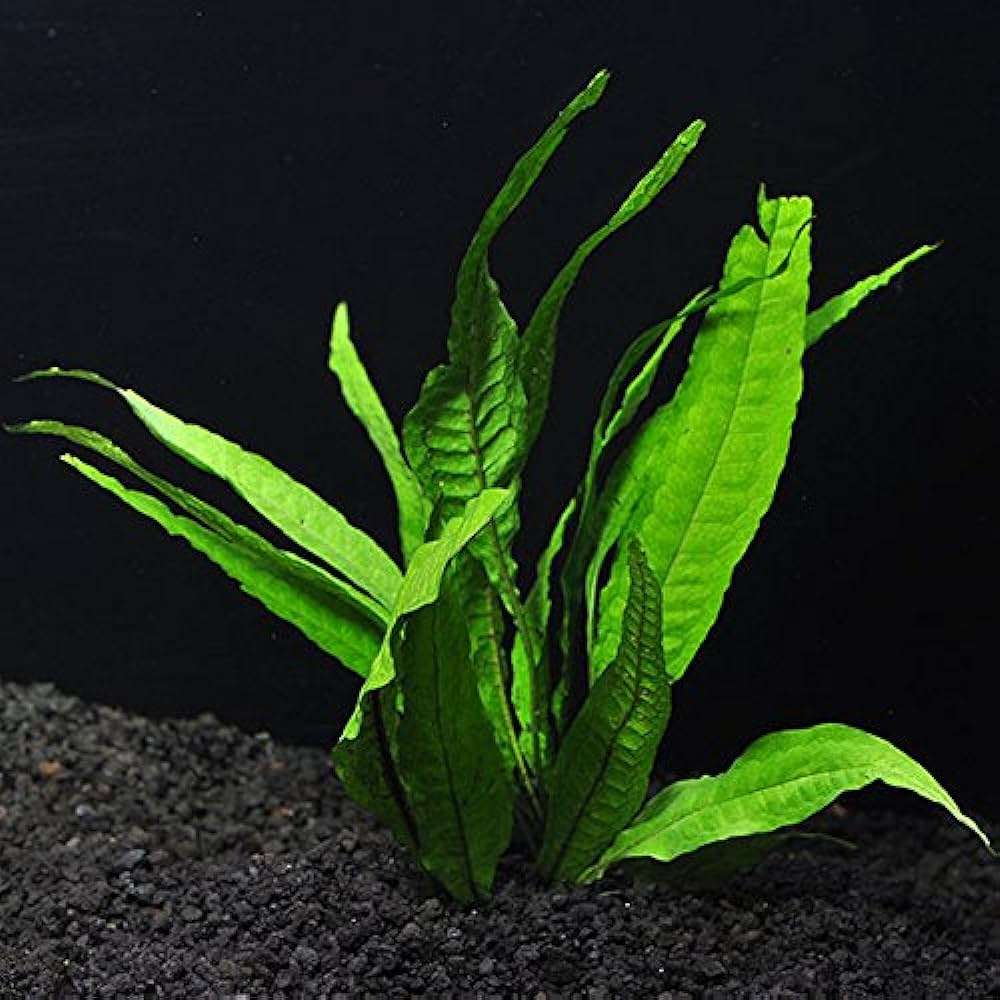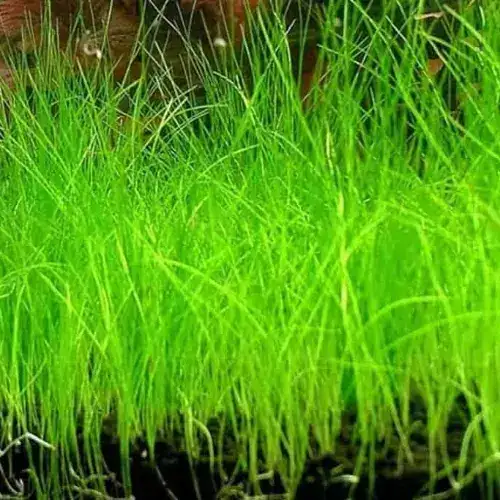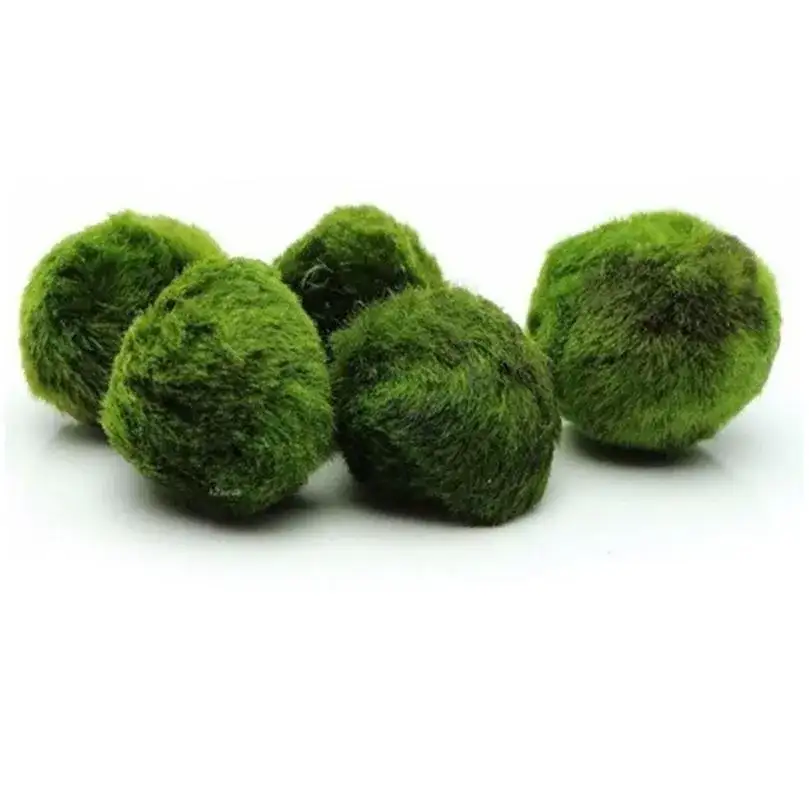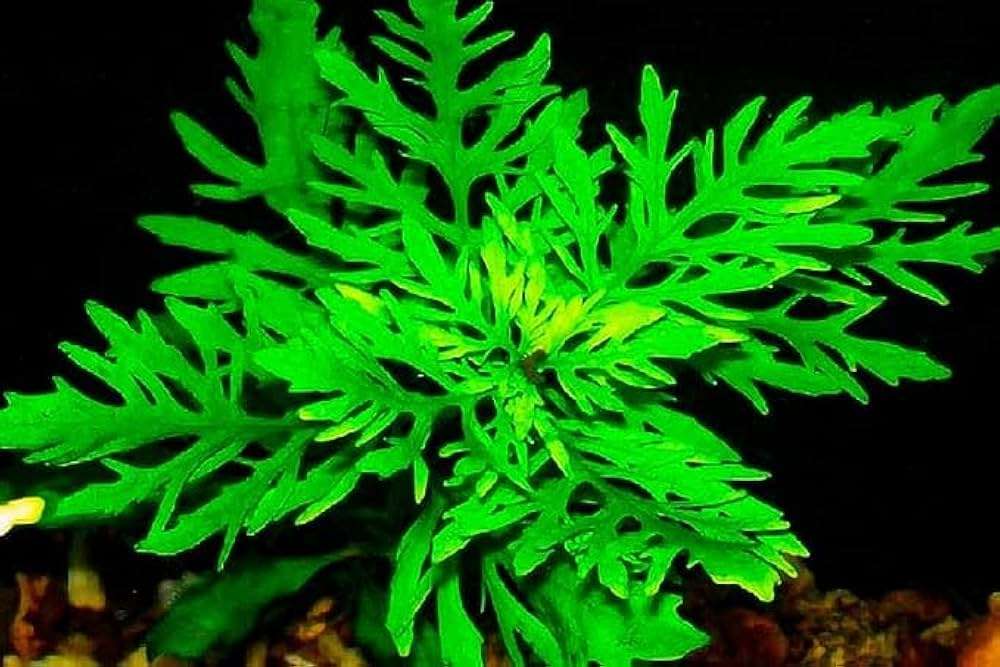Quick Solutions for Aquarium Emergencies: Fish Care Tips
Handle aquarium emergencies with quick solutions. Learn tips for water quality issues, fish injuries, and how to keep your fish healthy and tank stable.
Table of Contents
- Fish Are Floating Abnormally
- Ammonia Spike in the Tank
- Cloudy water
- Fish Gasping for Air
- Algae Bloom
- Fish Injury or Fighting
- Sudden Temperature Change
- Water Toxins or Contamination
- Faq
- Conclusion
Owning an aquarium can be fun, yet disasters can arise in no time. Flash floods, water quality issues, fish injuries, or sudden behavioral changes may require immediate intervention if fish are to be saved or a balance in the tank restored. Need some help with weathering aquarium emergencies juggling pace and with proficiency? Here are some guidelines.
Fish Are Floating Abnormally
If you observe fish floating on their side or swimming unexpectedly, they may be suffering from swim bladder disease, stress, or poor water quality.
Quick Solution:
Check water quality: Ammonia, nitrite, nitrate, and pH levels should be tested; chemical imbalances can act as stressor upon the fish.
Reduce feeding: Overfeeding can lead to bloated fish which results in swim bladder problems; uneaten food should be removed immediately.
Isolate the fish: If it persists, start an aquarium antibiotic or quarantine your fish in a stable water condition for observation of improvement.
Ammonia Spike in the Tank
Ammonia spikes are possibly one of the worst emergencies in the aquarium. Sometimes this gives an indication of the fish suffering from serious stress or even death. Usually considered to result from overfeeding, inadequate filtration, or too many fish put together.
Quick Solution:
Immediate water change: 50% water change with every water change should diminish the concentration of ammonia in your aquarium.
Use an ammonia detoxifier: These products neutralize ammonia, giving you some time to get the underlying problem fixed.
Enhance filtration: Provide a good-functioning filter so as to keep clean water and get rid of toxins.
Cloudy water
Aa cloudy water is generally indicative of poorer water quality, caused mostly by an excess of nutrients, overfeeding, or by bacterial blooms. Cloudy water will not only look unpretty but might also leave you deficient of health when it comes to your fish.
Quick Solution:
Water change: A partial water change will eliminate the excess nutrients or wastes.
Clean your filter: If your filter is clogged, you might risk bad water circulation, which could be making your tank watery.
Trim the gunk: Clean the substrate and decoration to remove any organic matter which could trigger a bacterial bloom.
Fish Gasping for Air
If fish are gasping for air at the water surface, this could be due to de-oxygenated water, high temperature, or inadequate water circulation.
Quick Solution:
Increase aeration: Add some form of air pump, or adjust your filter to increase surface agitation, thus enhancing oxygen exchange.
Cooler water: High temperatures will reduce oxygen levels-check that the actual water temperature is within the range that is appropriate for your specie of fish.
Check the flow of water: Your filter should function properly, and you should ensure that there is ventilation of the waters you use.
Algae Bloom
The excess light, too much of nutrient within a stagnant water environment could often make the algae grow wildly. While they may seem harmless, they upset the balance of the environment within the tank to their disadvantage, hence reducing oxygen and increasing toxins.
Quick Solution:
Reduce light: Shut down the aquarium lights for some days to curb algae growth.
Do partial water change: Where water appears dirty, change as much as needed to reduce nutrient load by removing dead algas.
Introduce the live plant: With live plants, there's going to be competition for nutrients with algae. Over time this should slowly but surely help to reduce algai blooms.
Fish Injury or Fighting
Injuriers of the fish include aggressive fishes or sharp decorations in the tank; both are probably, unless they are properly adjusted, going to lead to visible wounds or stress. Therefore, act as soon as possible.
Quick Solution:
Quarantine the injured fish: Move the injured fish to a tank with clean water and add just the right amount of aquarium salt to help in the healing.
Remove the aggressor: If aggression is to blame, immediately separate the aggressor from the rest of the fishes to avoid further injuries to your injured fishes.
Inspect tank decorations: Certainly assure to check if decoration or anything in the tank has sharp edges that can shred or nick and replace or polish them out.
Sudden Temperature Change
Fish are very sensitive to temperature changes in the water, which can set them into a state of stress or induce shock. Temperature changes can be a result of heater malfunction or environmental factors.
Quick Solution:
Adjust the heater: Ensure your aquarium heater is functioning and the temperature is set right.
Use a thermometer: Check your water temperature regularly to ensure it is always suitable for one or several species of fish.
Act gradually: Make gradual adjustments if abrupt or major temperature changes have occurred.
Water Toxins or Contamination
Water contamination can come from chemicals, bad filtration, or decaying matter. If not caught on time, contaminated water could make your fish ill or even kill them.
Quick Solution:
Change water: Change at least 50 to 75% of the water immediately.
Check filter: Ensure that the filtration is always in good working condition; if not, change the filter materials.
Conditioners: Use conditioners such as activated carbon in an open container to absorb chlorine.
Faq
1.What should I do if my fish is floating abnormally?
Check water quality, reduce feeding, and isolate the fish if necessary.
2.How can I handle an ammonia spike in my aquarium?
Perform a 50% water change, use an ammonia detoxifier, and improve filtration.
3.What causes cloudy water in an aquarium and how can I fix it?
Cloudy water is caused by excess nutrients or bacteria. Do a water change, clean the filter, and remove debris.
4.Why are my fish gasping for air at the surface?
Increase aeration, adjust the temperature, and check water flow.
5.How do I deal with an algae bloom in my aquarium?
Reduce light, do a water change, and add live plants.
6.What should I do if my fish are fighting or injured?
Quarantine injured fish, remove aggressors, and check tank decorations for sharp edges.
7.How can I prevent temperature fluctuations in my tank?
Ensure your heater is working, check the water temperature regularly, and adjust gradually.
8. What should I do if my aquarium water is contaminated?
Do a 50-75% water change, check filtration, and use water conditioners.
Conclusion
Aquarium emergencies can indeed be daunting. However, by applying the right knowledge and acting promptly, onc can resolve different issues even before they become catastrophes. Much maintenance with regular testing for water quality, feeding right, and proper filtration will allow prevention of most emergencies. With composure and proper preparedness, one can battle aquarium emergencies in the coming days and keep their aquatic environment flourishing.


